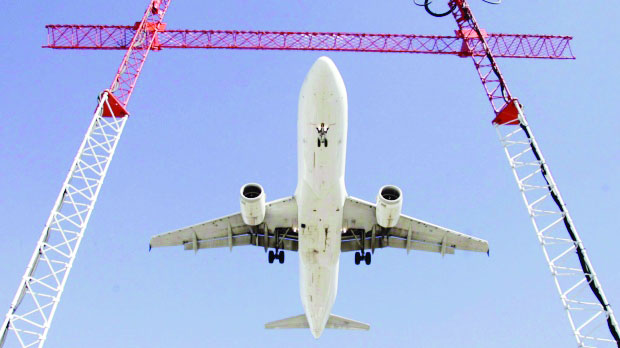The Competition Commission of India is right to think that the rising airfares needs to be justified.
Every time there is a natural disaster or other unforeseen event, airfares seem to shoot up. As the floods devastated central Kerala a few months ago, airfares to and from the State went through the roof; following floods in Kashmir, the same happened to airfares ex-Srinagar. It has been alleged by the paying public that the airlines are like vultures preying on the misery of travellers left with few options given that road and rail links are often also cut in these conditions. But are the airlines really guilty of being greedy and should the Government control airfares? It is to investigate this that the Competition Commission of India (CCI) is stepping into the row, with the holiday season approaching when airfares are traditionally at their peak. So, is it the right thing to do?
Yes, it is. Not so much for the purpose of controlling airfares, though, but to look at supply and demand including the functioning of algorithms which airlines have in place to offer fares. The fact is that the travelling public has become addicted to cheap airfares and expect them to stay at the same level through the year. But the modern airline industry works in a completely different way. There are no fixed airfares. Fares are driven by demand. In low season, return fares between Delhi and Mumbai drop to below Rs 7,000 return while right now, just ahead of Diwali, if you wish to fly at a reasonable hour, you could pay upwards of Rs 20,000 for a return ticket on the same sector. One hopes that the CCI will understand that in absolute terms airfares have collapsed since the airline industry was deregulated. Even at peak season highs, airfares between Delhi and Mumbai have fallen by over half in absolute terms. While some clamour for regulation, the fact is if airfares were to be sustainable from the airlines’ point of view, it would entail a 10-20 per cent jump in all airfares right now.
The reality of India’s aviation sector is that airlines are bleeding and with losses in 2017-18 estimated by an aviation consultancy to touch Rs 10,000 crore, one cannot begrudge the airlines charging the fares that they do sometimes. The CCI will find its hands tied given airline finances and any stricture passed against the airlines will almost certainly be struck down by the courts. But the airlines themselves should realise that absurdly high fares after a disaster are bad publicity and counter-productive.
Writer: The Pioneer
Source: The Pioneer








 OpinionExpress.In
OpinionExpress.In















Comments (0)